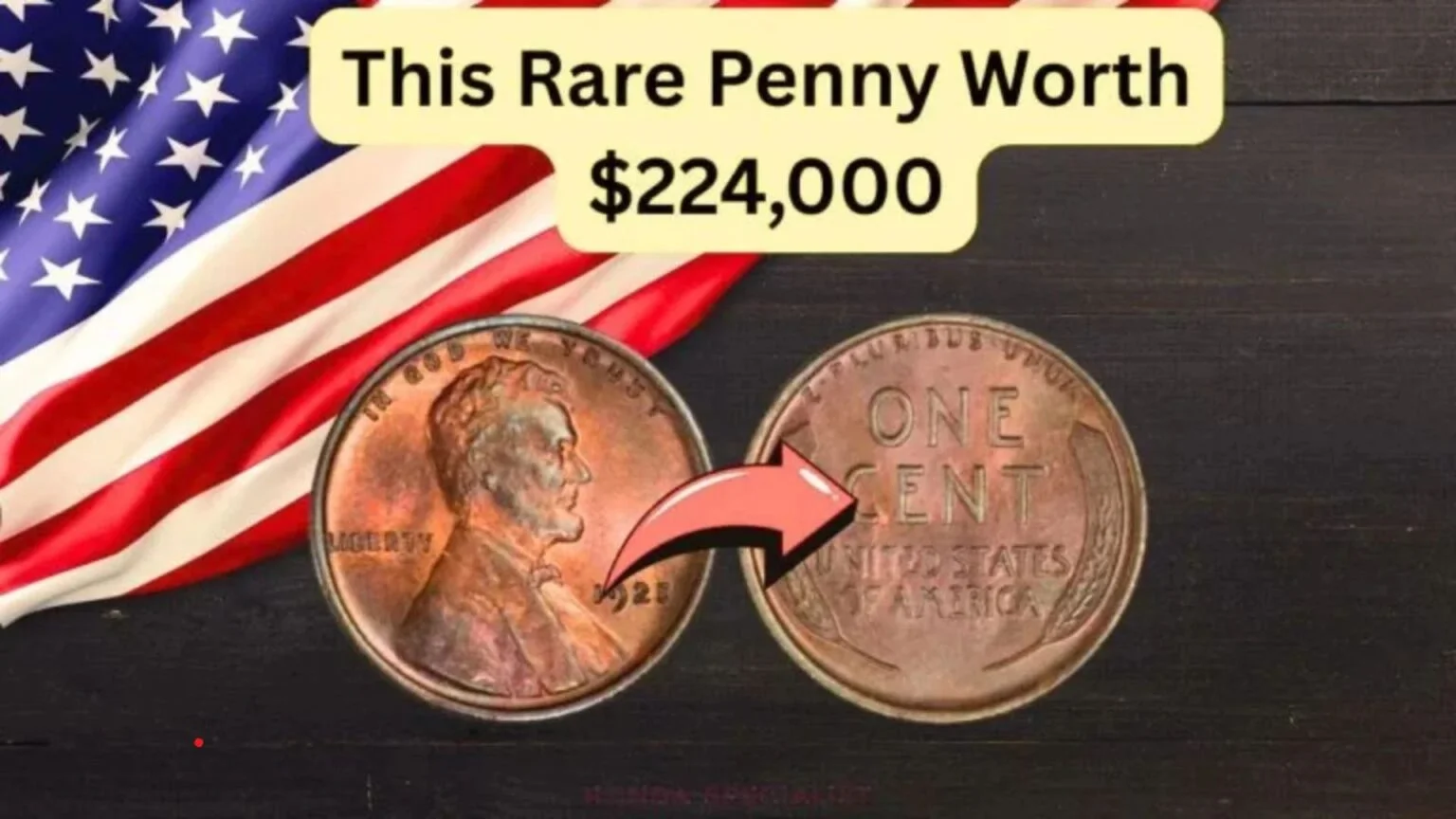$12.6 Million Penny : Imagine digging through your loose change and finding a penny worth $12.6 million. It may sound impossible, but for collectors of the Lincoln Wheat Penny, stories like this aren’t far from reality. Some of these historic coins, especially rare errors like the 1943 bronze version, have turned everyday cents into life-changing treasures.
Let’s uncover why the Lincoln Wheat Penny is so special, which years to watch for, and how you can spot one in your own pocket change.
What Is the Lincoln Wheat Penny?
The Lincoln Wheat Penny was minted from 1909 to 1958, featuring:
- Abraham Lincoln on the front (obverse)
- Two wheat stalks on the back (reverse) — giving it its name
Millions were produced, but a small number with rare errors or low mintages have become incredibly valuable.
History of the Lincoln Wheat Penny
- Introduced in 1909 to celebrate Lincoln’s 100th birthday.
- Designed by Victor David Brenner — early versions had his initials “VDB.”
- In 1943, copper was diverted for World War II, so pennies were made of steel.
- A few mistakes occurred — 1943 bronze pennies were struck by accident and are now worth millions.
Why Some Lincoln Pennies Are Worth Millions
Not every wheat penny is rare. Here’s what drives value:
- Error coins (wrong metal, doubled dies, missing mintmarks)
- Low mintage numbers (fewer coins produced = higher demand)
- Condition (uncirculated “red” coins are prized)
- Historical context (wartime issues are especially valuable)
Key Rare Lincoln Wheat Pennies and Their Values
| Year / Mint | Rarity Factor | Average Value (Good Condition) | Record Auction Price |
|---|---|---|---|
| 1909-S VDB | Low mintage | $750 | $168,000 |
| 1914-D | Scarce issue | $200 | $62,000 |
| 1922 No D | Mint error | $500 | $88,125 |
| 1943 Bronze | Wrong metal | $100,000+ | $2.3 million |
| 1955 Double Die | Obverse doubling | $1,000 | $125,000 |
Rumors of a $12.6 million penny circulate online, but verified sales have topped at $2.3 million. Still, values keep climbing as collectors compete for these rare finds.
How to Spot a Rare Lincoln Wheat Penny
- Check the Date & Mintmark – Key years include 1909-S VDB, 1914-D, 1922 No D, 1943 bronze, and 1955 doubled die.
- Test the Metal – A real 1943 bronze penny won’t stick to a magnet (unlike steel).
- Look for Doubling – On 1955 pennies, the date and lettering show clear doubling.
- Condition Counts – Coins in mint or uncirculated condition are worth significantly more.
Expert Tips for Collectors
- Use a magnifying glass for spotting tiny errors.
- Store coins in acid-free holders to protect them.
- Avoid cleaning — it lowers the value.
- Get coins graded by PCGS or NGC to verify authenticity.
- Join coin shows or collector clubs to learn and trade.
FAQs About the $12.6 Million Penny
Q1: Is there really a penny worth $12.6 million?
Rumors exist, but verified auction sales peak at $2.3 million for a 1943 bronze penny.
Q2: Can I find a rare penny in circulation today?
It’s rare, but possible — especially in old coin rolls, jars, or inherited collections.
Q3: What’s the easiest rare wheat penny to identify?
The 1955 doubled die is easy to spot due to its obvious doubling on the date and letters.
Q4: Are all wheat pennies valuable?
No. Most are worth just a few cents, but rare dates and errors can fetch thousands or more.
Q5: Where can I sell a valuable penny?
Trusted options include coin dealers, auction houses, and grading-certified online sales.
Conclusion: Could Your Penny Be Worth a Fortune?
The Lincoln Wheat Penny proves that history and value can hide in the smallest things. From the famous 1943 bronze error to the 1909-S VDB, these coins are more than spare change — they’re pieces of American history.
👉 Before you toss your pennies aside, take a closer look. That humble coin in your pocket might just be the treasure of a lifetime.

